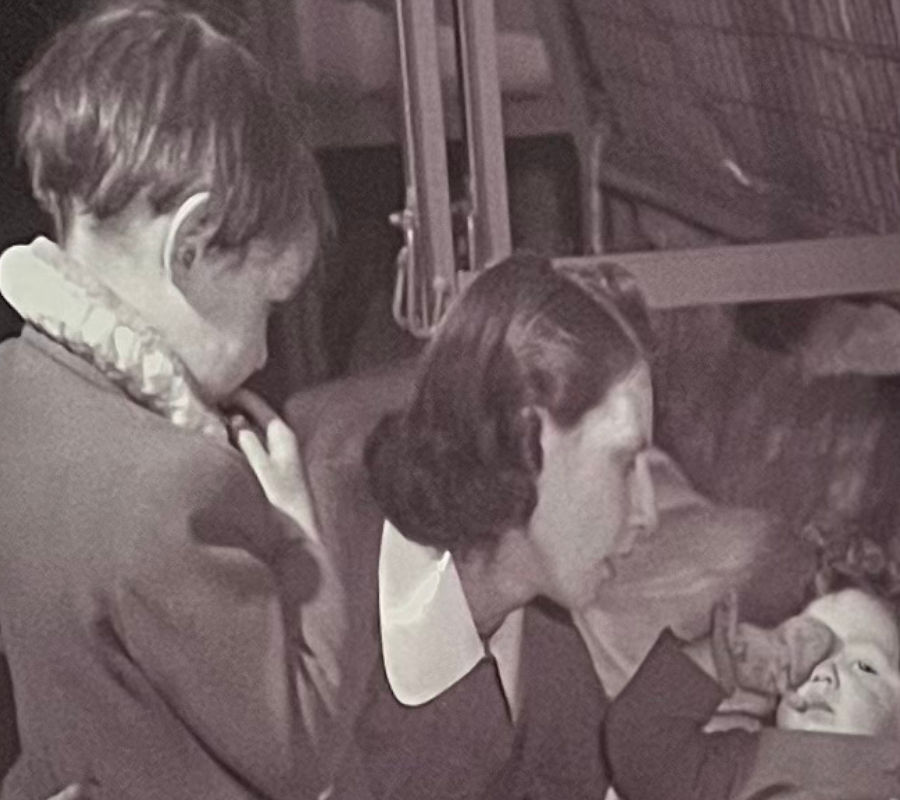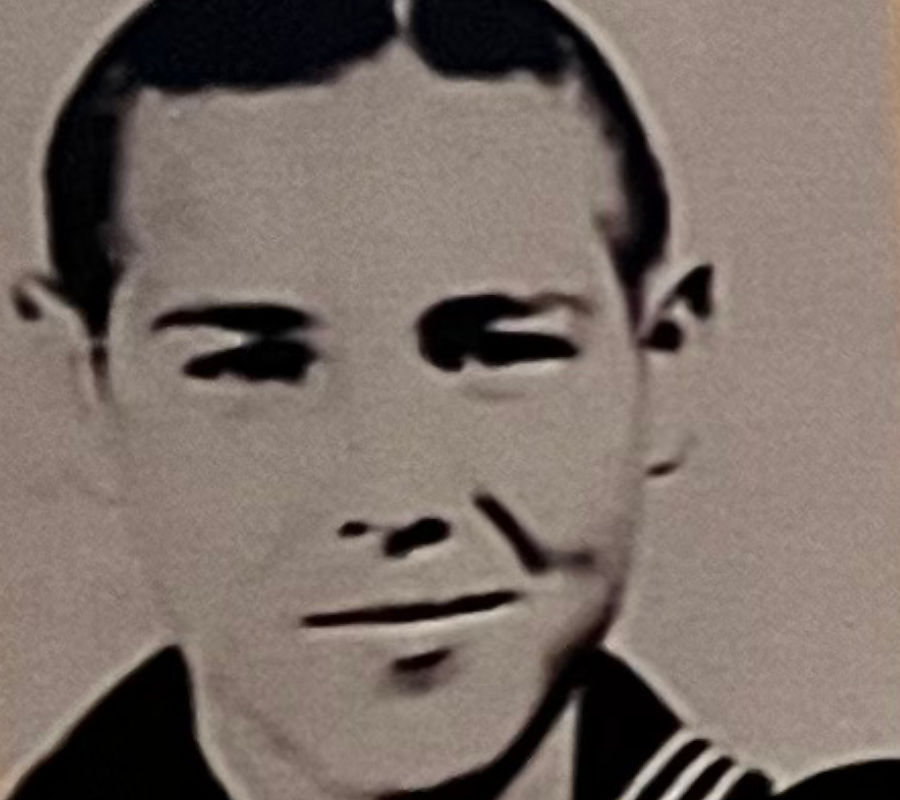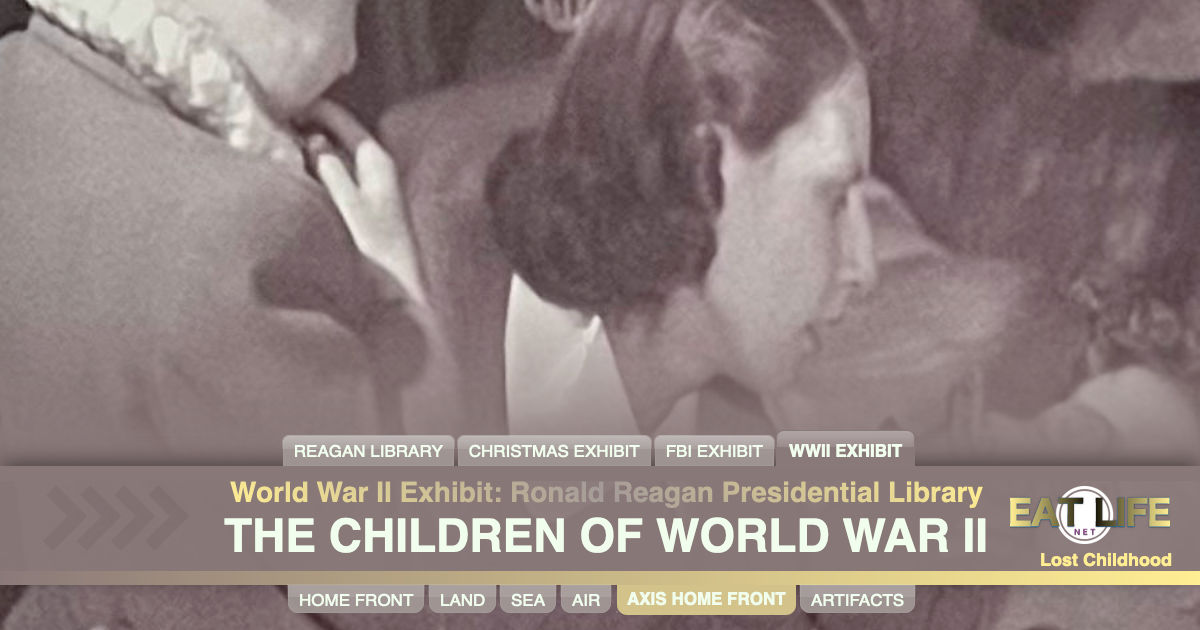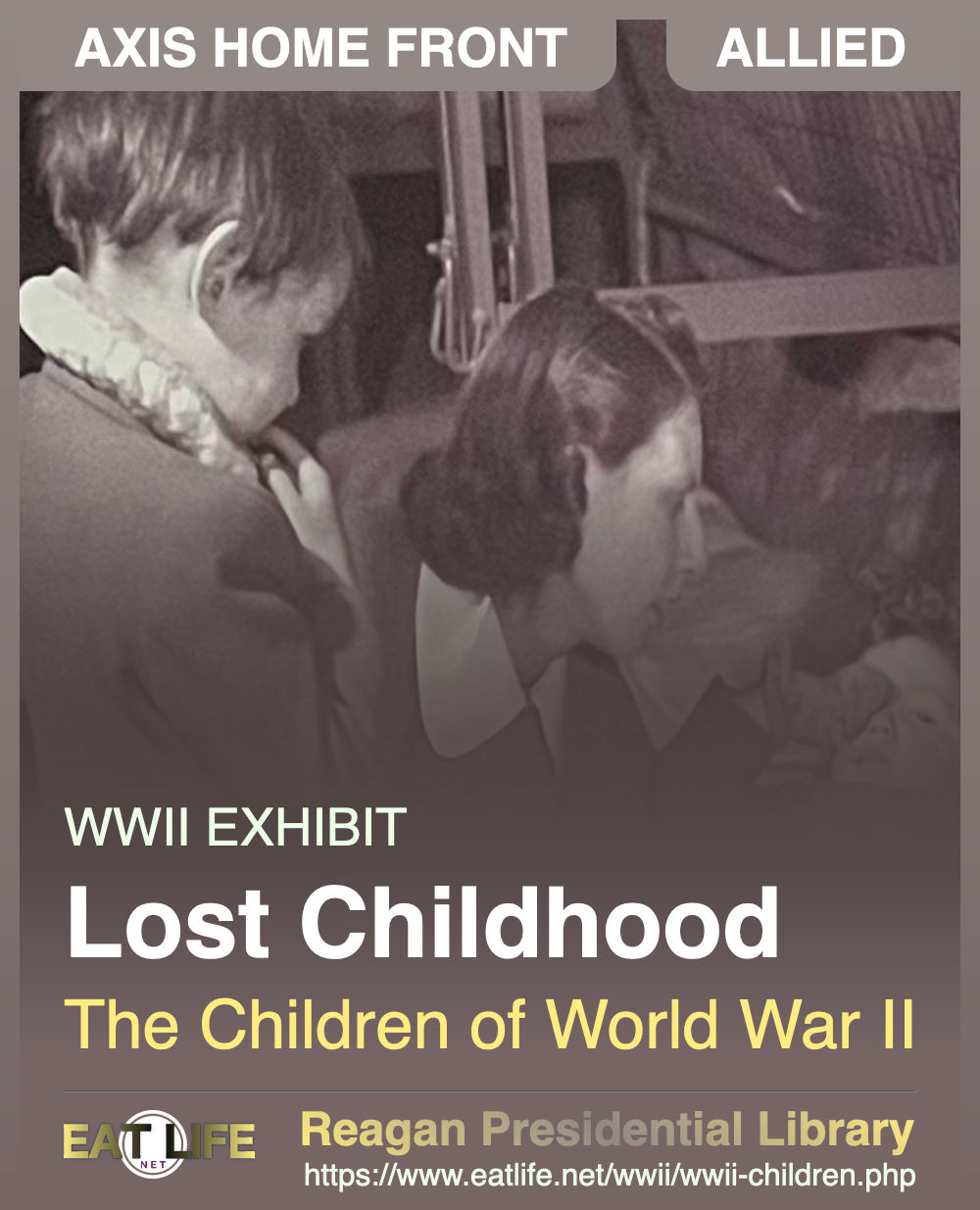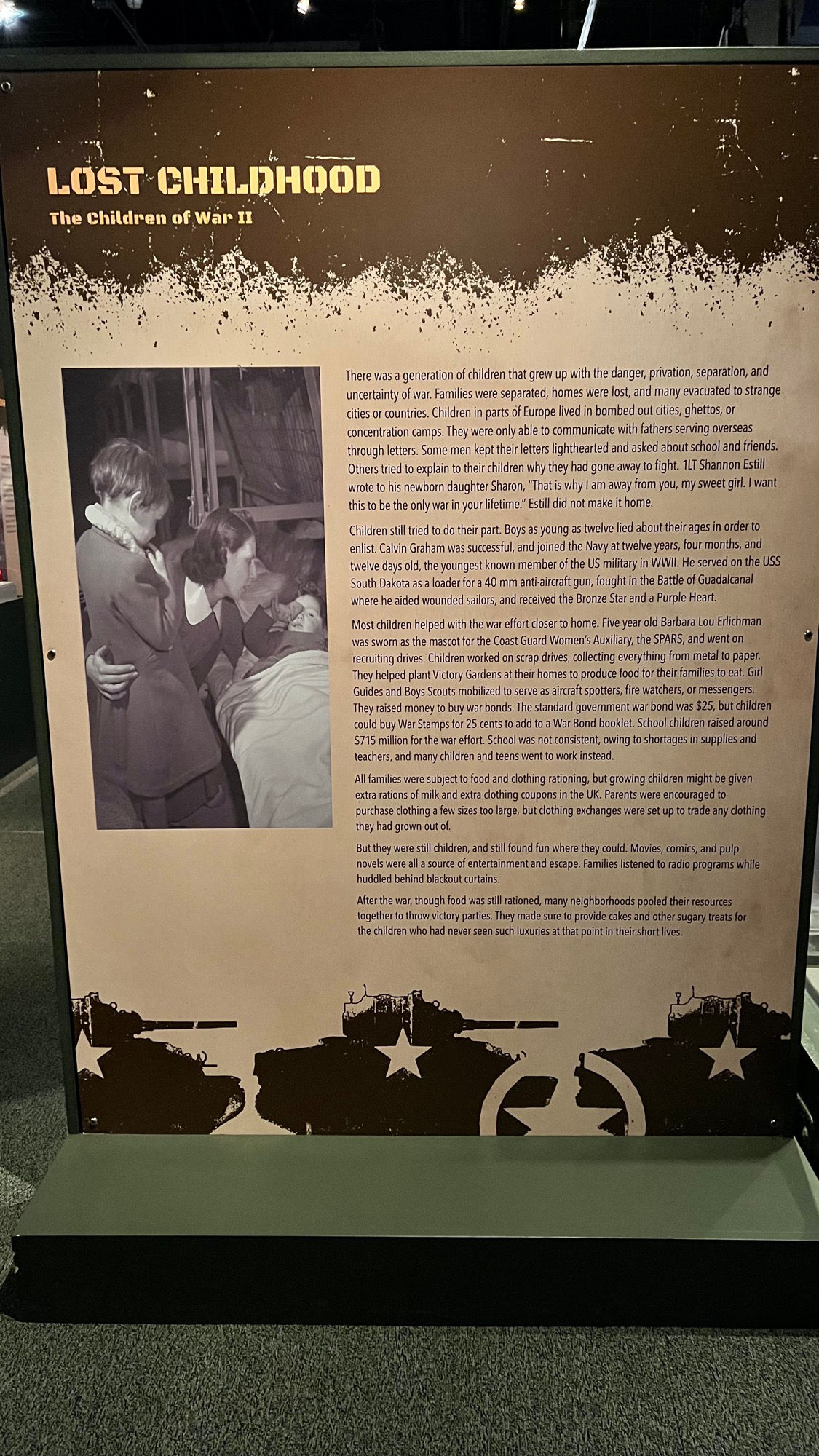
The Children of World War II
There was a generation of children that grew up with the danger, privation, separation, and uncertainty of war. Families were separated, homes were lost, and many evacuated to strange cities or countries. Children in parts of Europe lived in bombed out cities, ghettos, or concentration camps. They were only able to communicate with fathers serving overseas through letters. Some men kept their letters lighthearted and asked about school and friends. Others tried to explain to their children why they had gone away to fight. 1LT Shannon Estill wrote to his newborn daughter Sharon, "That is why I am away from you, my sweet girl. I want this to be the only war in your lifetime." Estill did not make it home.
Children still tried to do their part. Boys as young as twelve lied about their ages in order to enlist. Calvin Graham was successful, and joined the Navy at twelve years, four months, and twelve days old, the youngest known member of the US military in WWII. He served on the USS South Dakota as a loader for a 40mm anti-aircraft gun, fought in the Battle of Guadalcanal where he aided wounded sailors, and received the Bronze Star and a Purple Heart.
Most children helped with the war effort closer to home. Five year old Barbara Lou Erlichman was sworn as the mascot for the Coast Guard Women's Auxiliary, the SPARS, and went on recruiting drives. Children worked on scrap drives, collecting everything from metal to paper. They helped plant Victory Gardens at their homes to produce food for their families to eat. Girl Guides and Boys Scouts mobilized to serve as aircraft spotters, fire watchers, or messengers. They raised money to buy war bonds. The standard government war bond was $25, but children could buy War Stamps for 25 cents to add to a War Bond booklet. School children raised around $715 million for the war effort. School was not consistent, owing to shortages in supplies and teachers, and many children and teens went to work instead.
All families were subject to food and clothing rationing, but growing children might be given extra rations of milk and extra clothing coupons in the UK. Parents were encouraged to purchase clothing a few sizes too large, but clothing exchanges were set up to trade any clothing they had grown out of.
But they were still children, and still found fun where they could. Movies, comics, and pulp novels were all a source of entertainment and escape. Families listened to radio programs while huddled behind blackout curtains.
After the war, though food was still rationed, many neighborhoods pooled their resources together to throw victory parties. They made sure to provide cakes and other sugary treats for the children who had never seen such luxuries at that point in their short lives.
